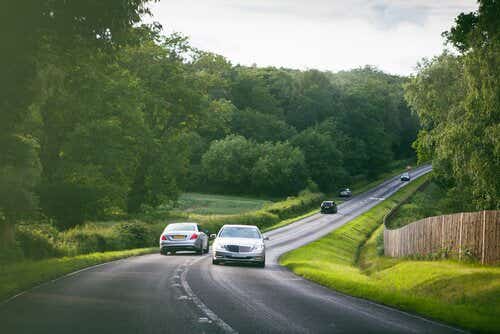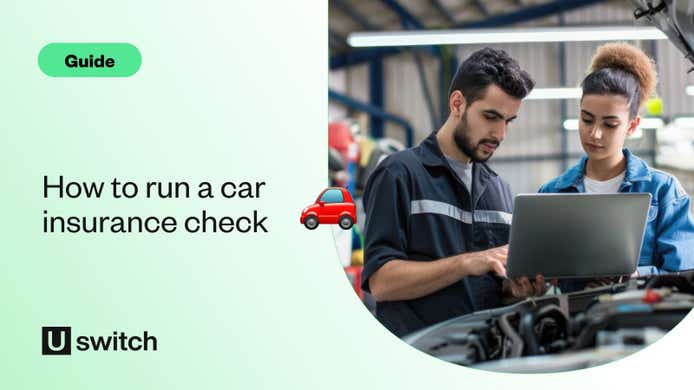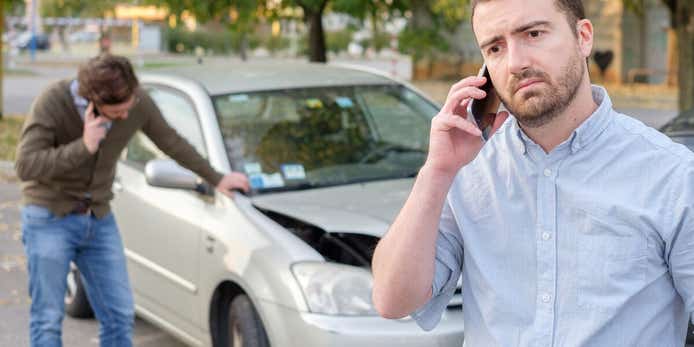Get a car insurance quote
See a range of car insurance quotes in just a few minutes when you compare with Uswitch
Can I drive after a stroke?
You must stop driving for at least one month after you've had a stroke. You might be able to drive after that, but it depends on a number of factors.
Most drivers can get back on the road just one month after a transient-ischaemic attack (TIA), which is known as a 'mini-stroke’. But if you have more than one mini-stroke in succession, you can’t drive until you’ve been clear of attacks for three months.
If you have had a more serious stroke, or you drive buses, taxis or lorries, different rules apply. You may have to get the all-clear from your doctor before you can drive again, and you might not be allowed to drive again.
Giving up driving for most people means losing their independence and freedom, which is highly frustrating, but there are good reasons for the rules.
Going back to driving can be dangerous. Strokes can have temporary or permanent effects on your ability to drive safely, including:
Physical effects, such as weakness in arms, legs or both, sensation changes, pain and balance problems
Visual issues, such as double or blurred vision, loss of central vision or visual field loss (loss of an area of vision, often on the same side as weakness in your face, arms or legs)
Cognitive effects that may reduce your ability to concentrate, navigate, multi-task and understand driving situations. There may be problems with your memory and your perception of time and space
Fatigue
Epilepsy. Some people develop epilepsy after a stroke, which affects their ability to drive.
Your ability to go back to driving depends on your medical condition. Your doctor should assess your ability to drive safely and explain the current DVLA guidelines.
Your doctor may contact other professionals or the DVLA’s medical advisers for advice.
How long after a stroke can I drive?
The rules on how soon you can drive after a stroke vary according to the type of stroke and the type of licence you hold.
Ischaemic stroke or transient-ischaemic attack
Car or motorcycle licence
You cannot drive for one month after an ischaemic stroke or a single TIA. During this month you do not need to inform the DVLA.
If a doctor judges that you have any remaining cognitive or visual issues after a month you are likely to have to wait longer. If you have only limb weakness you might be allowed to restart driving.
If you have a series of TIAs over a short period, you cannot drive until you have been free of them for three months.
Heavy goods vehicle (HGV) or public service vehicle (PSV) licence
You cannot drive these types of vehicles for a year and must tell the DVLA immediately.
Taxi drivers
You must inform your local authority (or in London the Public Carriage Office), which will decide on the medical standards you must meet before returning to driving.
Drivers of police cars and ambulances
Special rules apply to drivers of these vehicles.
Subarachnoid haemorrhage stroke
Car or motorcycle licence
You must not drive until certified safe by a doctor, but you do not need to tell the DVLA.
If you have surgery for intracranial aneurysm, you cannot drive for at least six months.
HGV or PSV licence
You cannot drive for at least six months, and the period you have to stay off the road will depend on the location of the haemorrhage and type of treatment.
You must inform the DVLA.
Intracranial haemorrhage due to infratentorial arteriovenous malformations (AVMs)
Car or motorcycle licence
You can continue driving and you don’t need to notify the DVLA or the DVA as long as you have no symptoms that may affect your driving.
HGV or PSV licence
You must notify the DVLA and your licence will be revoked. If the condition is untreated, your licence will be revoked permanently.
If treatment removes the AVM and you have no symptoms that could impair your driving you might be able to drive again.
Do I have to tell the DVLA if I’ve had a stroke?
Not everyone has to notify the DVLA. Many car and motorcycle owners don't need to.
But it's your responsibility (not that of your doctor) to tell the DVLA about any medical issue that impacts your ability to drive safely. You can report your stroke to the DVLA online.
You must notify the DVLA as soon as possible if:
You have experienced multiple TIAs over a short period of time
Your condition worsens at any time
You have experienced any form of epileptic seizure, other than ones within the first 24 hours following your stroke
Your stroke treatment included brain surgery
You have experienced more than one stroke in the past three months
Your doctor expresses concern about your fitness to drive
You are a Group 2 driver (lorries and buses).
If you are in the group that doesn’t have to notify the DVLA for a month, you must notify the DVLA after a month if you have any ongoing effects. If your doctor says you cannot drive for more than three months you will need to surrender your licence to the DVLA.
The Stroke Association has a useful downloadable guide called Driving After a Stroke.
If you’re required to tell the DVLA about a medical condition that affects your driving, you can be fined up to £1,000 if you fail to do so.
You can also be prosecuted if you have an accident and you hadn't previously declared a condition.
What happens to my car insurance costs if I’ve had a stroke?
Having a stroke might not affect your premiums, unless you need to drive an adapted vehicle.
It is illegal for a car insurance provider to charge extra because of a disability or a medical condition unless they can prove a specific reason why they should charge you more.
But you must tell your insurance company about your stroke or TIA before you resume driving, even if your doctor has approved it. If you don't, you might not be covered in full for any future claim.
Once you have told your insurance provider, they might ask you to tell the DVLA about your stroke or TIA, and then ask you for confirmation that you are safe to drive again.
Talk to your insurer and check your policy as exact procedures vary.
Having had a stroke shouldn't affect your ability to buy car insurance, multi car insurance or temporary car insurance.
What if I’m declared medically unfit to drive?
You must tell your insurer and the DVLA. Failure to do so is a criminal offence.
You could be fined £1,000 and prosecuted if you do drive and have an accident.
You might be offered an assessment at a local mobility centre, after which the DVLA might decide that you can:
keep your licence and continue driving
be granted a temporary licence
be given a licence, but only for a car with specific adaptations.
Alternatively, it might decide that you cannot continue to drive, and your licence will be revoked.
Will I have to take a driving assessment?
Assessments and courses can help you return to driving after a stroke.
The charity Driving Mobility offers courses at 20 locations across the UK, where people who have had strokes, those who are disabled or elderly motorists can get assessments, lessons and help with getting back behind the wheel safely.
"About 50% of people who have strokes can consider returning to driving. Many think they are ready before they are, but when people do return and are ready to undertake one of our assessments, about 60% of those are judged to be safe," says Driving Mobility chief executive Edward Trewhella.
Assessments are free at most centres if referred through the NHS, a GP, the DVLA or the DVA, or Motability. If you self-refer, it might cost you up to £140.
Tuition costs £30 an hour or more, depending on location.
Help with tuition costs can be available if you qualify for the Motability scheme, and local charities sometimes support the cost of tuition for people with a disability.
Case study
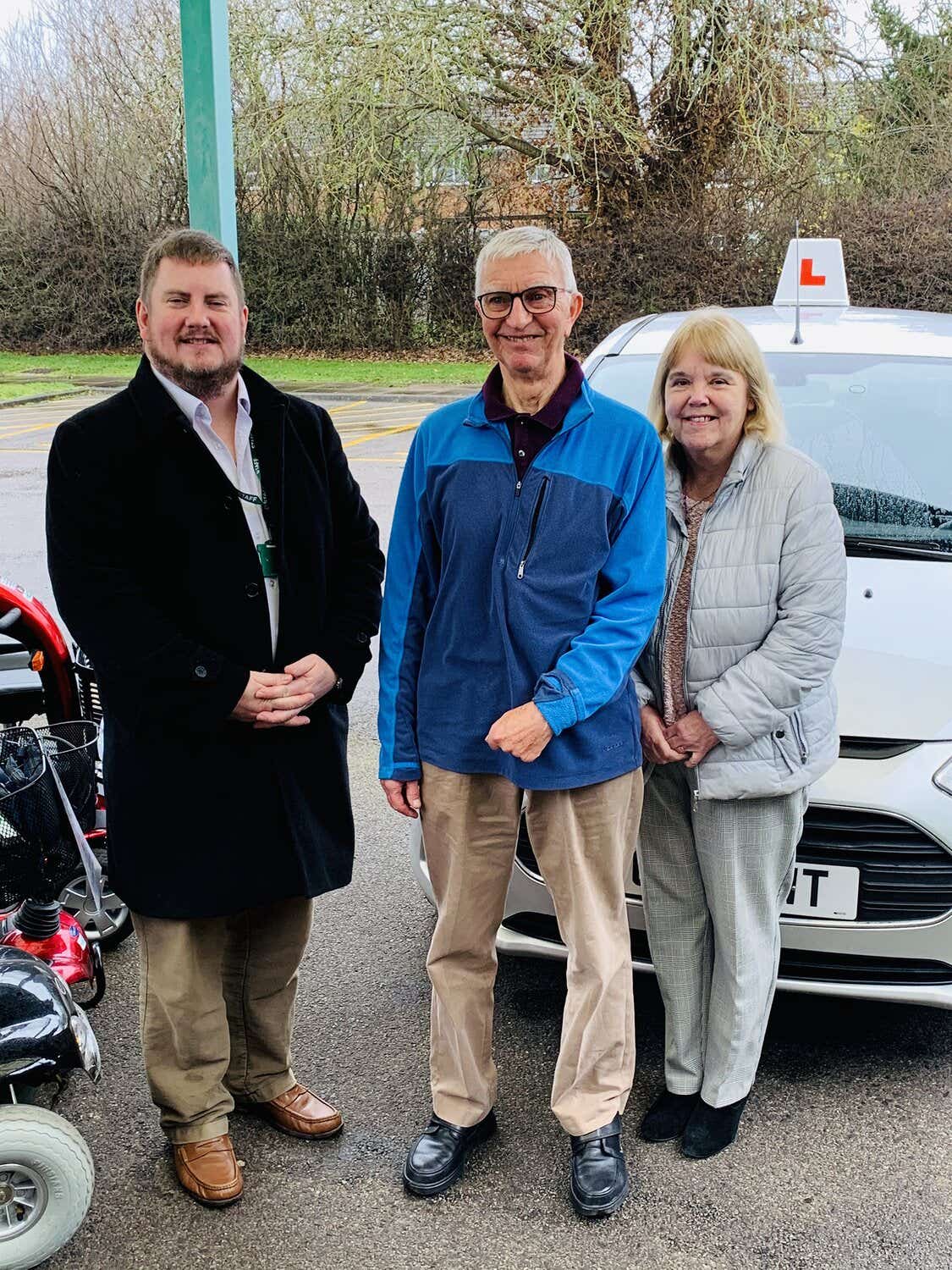
Nigel King, 74, had been driving for 50 years until a stroke in 2018 left him with reduced mobility in his left hand and arm, making driving a standard car impossible.
Nigel, from Enfield, was concerned that he might not be able to drive again. The DVLA were informed and his driving licence was put on hold, but Nigel was keen to get back behind the wheel.
As his rehabilitation began, his local hospital stroke department advised him to seek a specialist driving assessment to get a professional evaluation of his capabilities and recommend suitable adaptations to allow safe driving with one hand.
Nigel booked an assessment at his local Driving Mobility accredited centre in Welwyn Garden City.
Nigel says: "After an initial phone consultation I underwent a cognitive test at the centre and was then accompanied in a dual-control car by an instructor and therapist. A steering knob or ‘lollipop’ had already been fitted to the vehicle to see if I could operate it safely and confidently.
"At first I did not find it easy. Even though I am right-handed, my 50 years of holding a steering wheel in a standard way made it difficult. Following the assessment Driving Mobility recommended driving lessons so I could get used to this new way of driving. One of their assessors was able to provide tuition."
After 20 hours of tuition and another assessment his licence was returned in November 2019. His automatic Ford Fiesta has been fitted with a wireless ‘lollipop’ which clips onto the steering wheel to provide leverage and push button control of indicators, lights, wipers and horn.
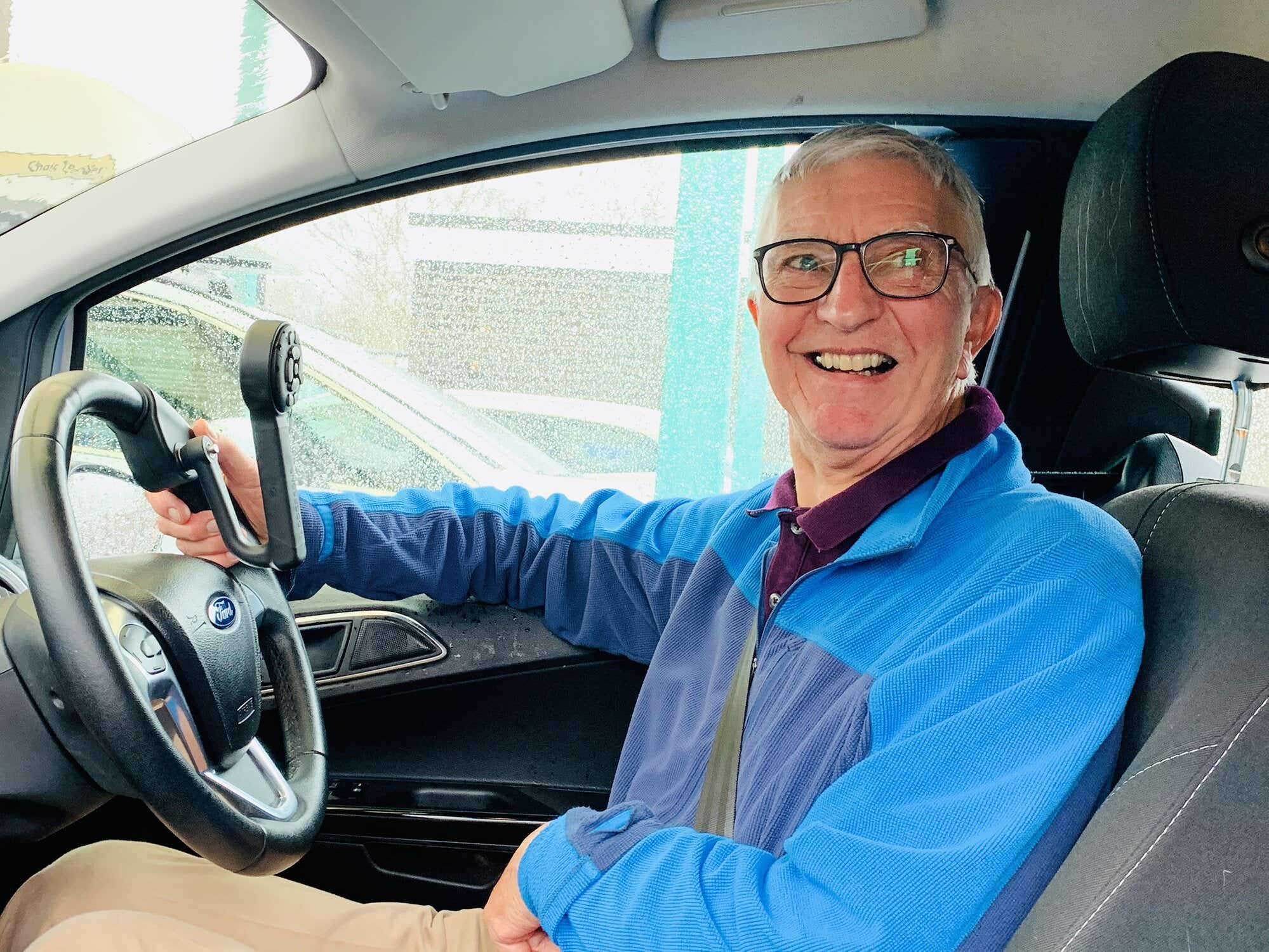
Nigel says: “It took me a year to achieve approval to drive again, and I really had to work at it, but I got there. Depending on your abilities, it's wise not to expect success overnight. Be patient, take your time, concentrate and practise and you’ll get there. Being able to drive again, thanks to Driving Mobility, has enabled me to regain my independence."
Get a car insurance quote
See a range of car insurance quotes in just a few minutes when you compare with Uswitch
FAQs
What should I do if I no longer want to drive after a stroke?
If you don’t want to drive after you’ve had a stroke, you can surrender your driving licence to the DVLA. If you later change your mind, you can reapply for a licence in the usual way. If you keep your car off the road for a period of time and you don’t want to insure it or tax it, declare a SORN.
How can I check my driving abilities?
If you're lacking in confidence after a stroke and you're nervous about driving, you can contact the Driving Mobility charity or the Royal Society for the Prevention of Accidents, who offer driving assessments and training courses.

